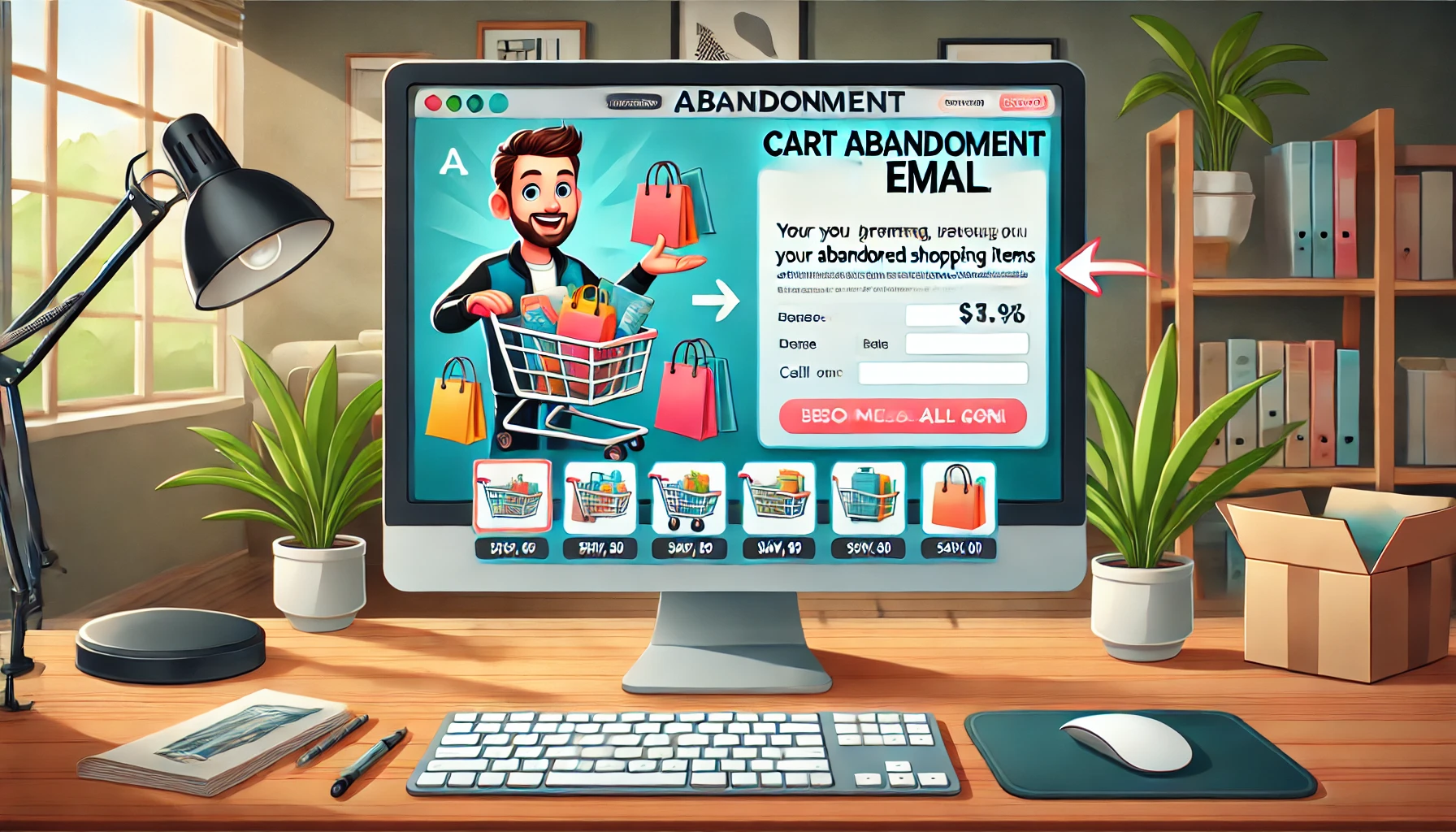I’ve been at this social media game for a while now. I’ve been posting away on Twitter, sharing snapshots on Facebook, and even put up my product catalog on Pinterest. Despite pouring my heart into it, the results just aren’t there. People aren’t engaging—barely any likes, comments, or shares. My follower count? Just a handful, and clicks through to my website are almost nonexistent.
Now, here I am, scrolling through endless stats about how epic social media can be for businesses, and it’s honestly frustrating. Seeing all those success stories from leaders in my industry makes me wonder what I’m missing.
You see, using social media for your business sounds straightforward—it’s free and user-friendly. However, truly nailing it requires patience, skill, and a bit of trial and error. It’s all about carving out a solid presence for your brand, tuning in to what your audience wants, and offering them something they can’t find anywhere else.
But you probably know you need to build your brand and engage with your audience. The real question is: how? Maybe you’re making some common mistakes without even realizing it. Here’s how you can tackle them:
Mistake #1: You’re chatting up the wrong crowd.
It’s crucial to understand that each social media platform attracts different folks who use these spaces for various reasons and follow certain unwritten rules. If you’re not getting the engagement you hoped for, think about these points:
- Who hangs out here? Are they mostly men, women, or a mix? What age group dominates this platform? This info is usually a quick search away. Check out some demographic reports.
- Why are they here? Is it for fun, to learn something new, or to network professionally? Understanding what drives users to a platform will help you tailor your content. Look up some user intent surveys to get a feel for it.
- What’s the etiquette? For instance, are you using hashtags right on Twitter? How about giving proper credits for your sources? Fitting in with the community norms can significantly increase how much your content resonates with users. There are plenty of guides online specific to each platform.
Grasping who your audience is allows you to create messages that resonate and meet their needs. By getting this right, you’re one step closer to turning your social media into a powerful tool for your business.
Mistake #2: Your content isn’t standing out.
The whole point of having a brand on social media is to add value to the lives of your community—whether they’re customers, clients, or just fans. As someone who knows their stuff in a specific area, this usually means sifting through tons of info online and picking out the gems that are most relevant and helpful.
But it’s not just about sharing cool stuff you find; it’s about creating your own unique content too. Whether it’s in-depth articles and white papers or laid-back blog posts and how-to videos, the mix of what you create and share helps carve out a
special niche for your brand online that no one else can copy. Your voice, your content, and how you present it—all of these help make your brand’s digital footprint truly unique.
Mistake #3: You’re not really listening to your audience.
One key way social media differs from old-school media like TV or radio is that it’s a two-way street. Your audience can talk back to you, and they expect you to listen. If you spend all your time broadcasting your message without engaging, you’ll likely see your follower count drop. Instead, focus on connecting more personally. Reply to comments, answer questions, and chat like you would if you were talking face-to-face, not just trying to make a sale. Here’s how you can be better at this:
- Respond promptly. People expect not just that you’re listening, but that you’re listening right now. If you can manage it, aim to respond to messages and comments within 12 hours. That’s very impressive to most folks. If you can’t always be that quick—maybe you’re a one-person show, or weekends are tough—just let people know by mentioning your typical response time in your profile.
- Value their opinions. Your online community is a goldmine of insights. People are usually not shy about sharing their thoughts, which can be incredibly valuable. Whether it’s feedback on a product or ideas for new ones, listening to your audience can guide your future strategies. Engage with them, ask for their views, and keep track of what they say. It helps you invest your resources in ideas that really resonate.
- Show appreciation. Never underestimate the power of a simple “thank you.” Whether it’s a shout-out in a post or something more flashy like a giveaway, showing your fans some love goes a long way. The best thank yous feel spontaneous and genuine, without expecting anything in return.
Mistake #4: You haven’t clearly defined your brand on social media.
Let’s talk about branding. It’s basically about crafting an image of who you are, what your business stands for, and how you handle things. Plus, it’s crucial to stick with this vibe consistently. If your followers see a mismatch between what initially drew them in and what you’re now putting out, they might just drift away. Here’s how you can solidify your brand image:
- Nail your tone. How do you want people to describe your brand after interacting with it on social media? Whether you’re aiming for a serious and straightforward vibe or something professional yet playful, your communication style and visuals should clearly reflect this personality. Need a hand figuring this out? There are tons of resources that can help you define your brand’s voice.
- Pick your visuals carefully. How much thought have you put into your social media profiles’ look? Make sure your background, profile picture, and cover photo are not only eye-catching but also a cohesive part of your brand’s overall online presence. Remember, these visuals are not just decoration—they should align with your goals and help communicate your brand’s personality.
- Sharpen your content focus. Unlike personal social media accounts where very much anything goes, your brand’s accounts should maintain a clear and consistent focus. Stick to a handful of topics that align with your mission and become known for them. This approach helps in reinforcing your brand’s identity and makes your content more relevant to your audience.
Mistake #5: You’re bringing down the mood.
Nobody wants to follow a downer. Research even shows that people prefer to engage with positive content. If you’re running an organization, especially one driven by a strong political or social cause, it’s crucial to communicate in a way that uplifts and empowers. Sure, it’s important to tackle serious issues, but try to avoid a tone that’s overly pessimistic or guilt-inducing. Here’s what you can focus on instead:
- Promote positivity. Highlight solutions rather than just dwelling on problems. Share success stories, progress updates, and positive developments. This not only inspires your followers but also encourages them to participate in your cause or support your brand.
- Be inclusive and hopeful. Instead of dividing your audience with harsh criticisms or bleak outlooks, aim to unite and inspire. Show how every little positive action contributes to bigger changes, and encourage your followers to be part of these solutions.
Conclusion
Stepping up your social media game isn’t just about posting regularly—it’s about making meaningful connections, understanding your audience, and presenting your brand in a clear and engaging manner.
Stay true to your brand, listen actively to your community, and keep your content positive and inspiring. With consistency and attention to these details, you’ll be well on your way to becoming a social media sensation.
FAQs
1. How can I quickly increase my social media followers?
Increasing followers takes time and effort. Focus on creating engaging, relevant content that resonates with your target audience. Utilize hashtags effectively, collaborate with influencers, and engage actively with users through comments and messages.
2. What kind of content works best on social media?
The best content depends on your audience’s preferences but generally includes a mix of educational, entertaining, and interactive posts. Videos, how-to guides, infographics, and user-generated content tend to perform well across platforms.
3. How often should I post on my social media accounts?
The optimal posting frequency varies by platform and your audience’s engagement levels. As a general rule, once a day on platforms like Instagram and Facebook and multiple times a day on Twitter can help maintain visibility without overwhelming your followers.
4. How can I measure the success of my social media strategy?
Measure success using analytics tools provided by social media platforms to track engagement rates, follower growth, click-through rates, and conversion rates. Adjust your strategy based on what metrics indicate works best for your audience.
5. Is it necessary to be active on all social media platforms?
No, it’s better to focus on platforms where your target audience is most active. Spreading yourself too thin can lead to diminished quality in your social media efforts. Choose platforms that best align with your brand’s goals and audience.
6. How can I handle negative feedback on social media?
Address negative feedback promptly and professionally. Publicly acknowledge the issue, offer to resolve it privately, and take steps to ensure it doesn’t happen again. Handling negative feedback well can actually improve your brand’s reputation for customer service.












